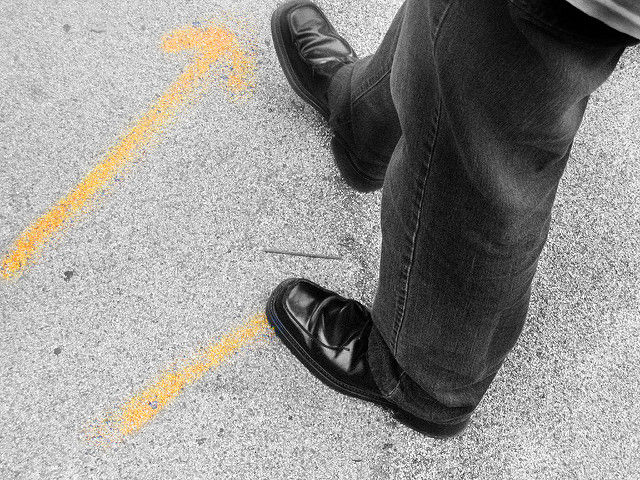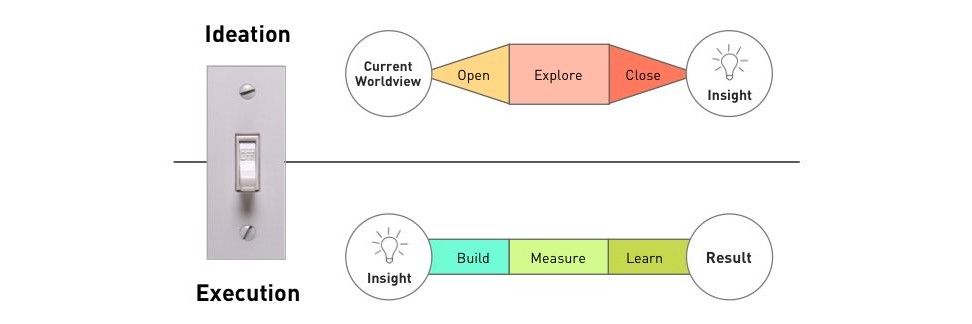As most UX designers will know; it can be hard to get to a consistent decision making process that delivers consistently great user experiences. On any given project you’ll have dozens, hundreds or even thousands of ideas to deal with.

Author/Copyright holder: Pimthida. Copyright terms and licence: CC BY-NC-ND 2.0
Sitting down in a meeting and thrashing out those ideas sounds like a good idea – until we actually do it. Why? Well, our perspective changes from day-to-day and minute-to-minute and so does everyone else’s perspective. It will depend on where we’re seeing things from as to how we think and react in the moment.
Then there’s the added problem of dealing with lots of decisions at once; all of which seem to make some kind of sense for the project but in some cases conflict with each other and in others if you make all the “right” decisions – you’re going to end up with a 10 year development cycle that leads to a product so complicated that no user will ever want to touch it.
Relying on Intuition
Of course, there’s another terrible way to make decisions; to let the whole team rely on “intuition”. It’s an appealing idea in the first instance, in that many creative seem to spend their lives in fairly intuitive environments. Some designers will base their designs on their perspectives of the client and the competition. Others will try and walk in the client’s shoes while they do their thing.
The trouble with this approach is not when it works (and it will sometimes – clients aren’t monsters in most cases, if you deliver something that looks and feels about right; they’ll be happy enough) but when it doesn’t.

Author/Copyright holder: Angélica Portales. Copyright terms and licence: CC BY-NC-ND 2.0
How do you explain to a client why they’re looking at something they don’t like very much when your process to get there was the equivalent of licking your finger and holding it up in the wind? Things can turn ugly at the point. The designers have to launch into a sales pitch to fill in the blanks. Or worse some designers are going to take this to the next level and start aggressively defending what they did. As a general rule of thumb, fighting your clients is not a good way to keep them.
So What to Do?

Author/Copyright holder: xmascarol . Copyright terms and licence: CC BY-NC-ND 2.0
If the usual approaches of meetings and intuition aren’t as effective as we’d like them to be; what can we do instead? We think there’s a logical process that we can use to make better decisions:
- Ranking Ideas and Agreeing on Principles for the Design
- Storyboarding those Ideas
- Data Driven
- Solution Creation and Comparison
- Test and Measure
This week we’re going to take a look at each of those steps starting tomorrow and see how a logical process can deliver more consistent UX results than relying on meetings and/or intuition.
Header Image: Author/Copyright holder: Ash Maurya. Copyright terms and licence: All rights reserved. Img












